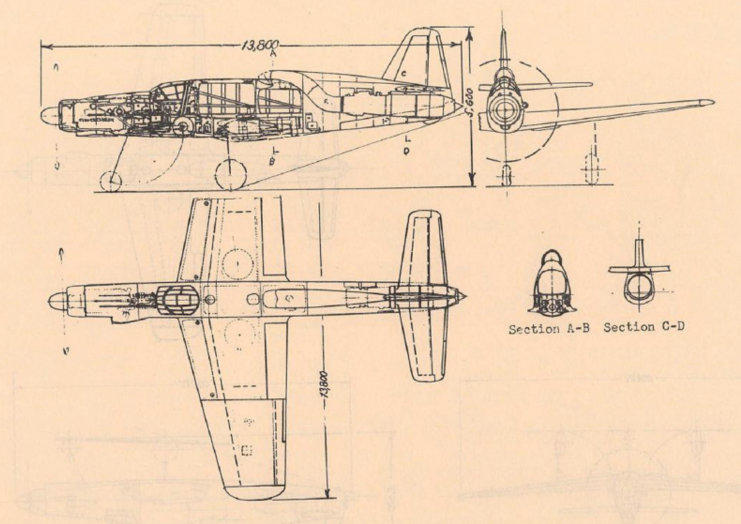The Aerospace History Blog - Page 16
A Messerschmitt that was never airborne
After the Messerschmitt Me 210 destroyer proved to be unsafe to fly,
the company worked on an improved successor. Alexander Lippisch
suggested building a tailless aircraft (Me 265) from existing Me 210
components as an alternative. This was rejected. However, his
improved successor project Me 329 attracted the interest of the
Luftwaffe in early 1944.

Post 070
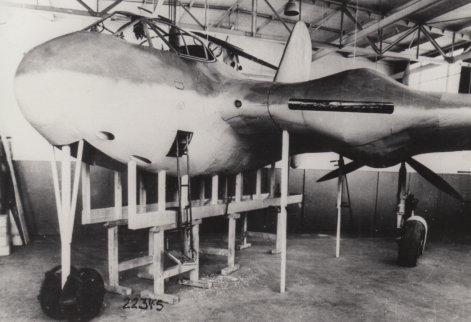


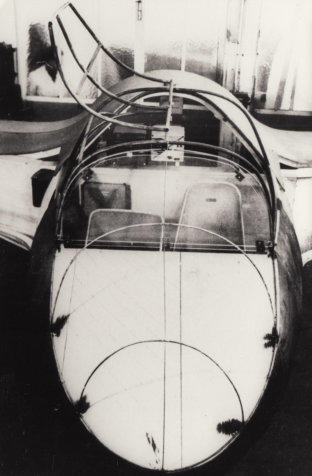
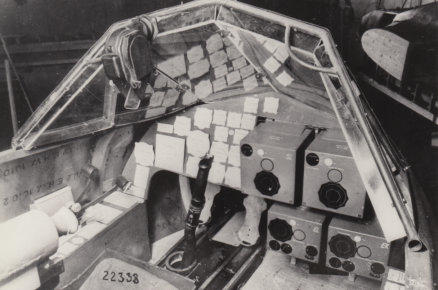
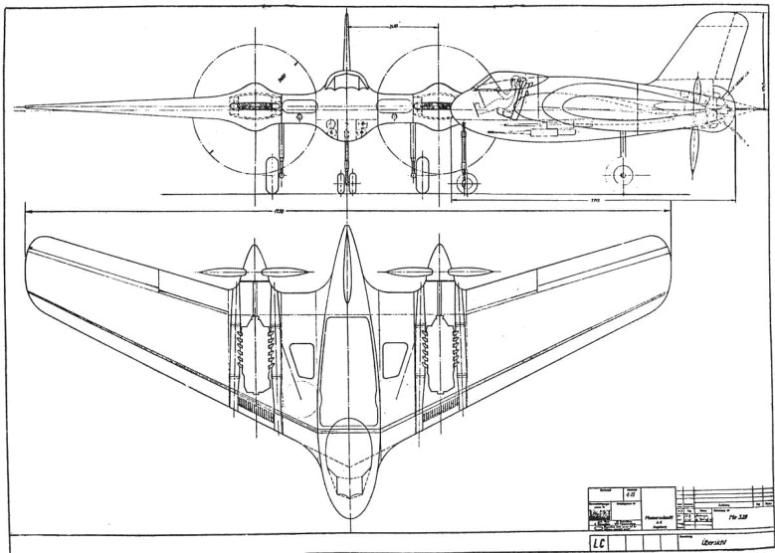
A detailed mock-up was built, the
pictures of which can be seen here.
Allegedly, the Me 329 was planned as
an escort fighter for “America
bombers”, and an engine-less
prototype was flown in tow in Rechlin
(the Luftwaffe test center) before the
end of the war. I consider both claims
to be not true.

The mock-up of the Lippisch Me 329 seen from different angles. Here the interesting
push propeller and the remote controlled gun post in the tail is depicted.
The two-seat cockpit of the Me 329. Pilot on the left side and wireless operator
and navigator on the right side.

Posted by Uwe W. Jack
Where Hermann Göring lived as a boy
A newspaper article gave me the clue that Hermann Göring, the
commander-in-chief of the Luftwaffe, had lived just a few streets away
from my apartment as a boy. Göring lived in Berlin-Friedenau,
Fregestrasse 19, for five years from 1896. He had previously grown up
with relatives until he was three years old, as his parents had been in
Haiti with his siblings until then. The house belonged to his Jewish
godfather Hermann Epenstein, with whom Göring later lived at
Veldenstein Castle.
Post 069


Posted by Uwe W. Jack
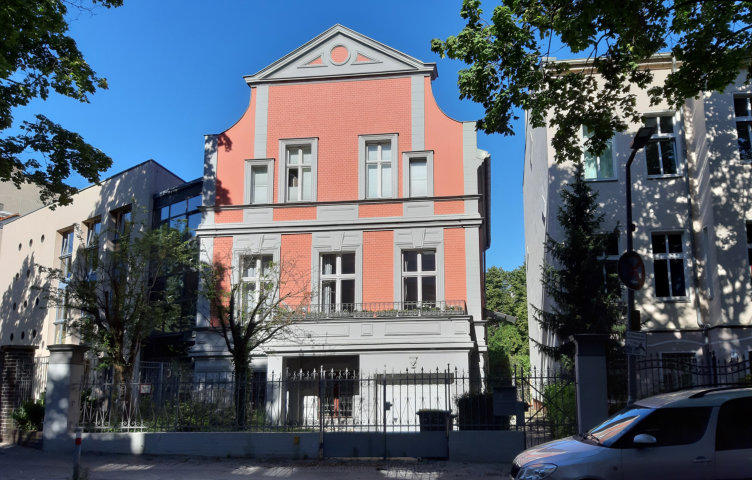
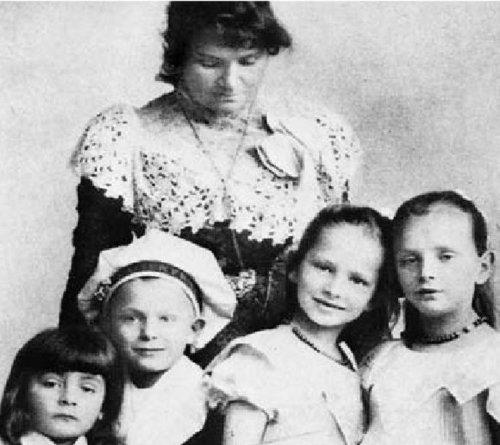

For five years, Hermann Göring lived here as a boy in the Fregestrasse 19. This is still a middle-class residential area
of Berlin today.
The family picture shows Hermann Göring in 1899 wearing a naval cap with his mother
and siblings.
Four decades of the future spacecraft
40 years ago, the fantastic British space project HOTOL was presented
to the public - and I immediately fell in love with it. The centerpiece was
an engine designed by Alan Bond, which was intended to cool and
liquefy air in flight (!) so that it could be pumped into a rocket
combustion chamber as an oxygen carrier.
At countless trade fairs, I have heard representatives of the company
promise that the "Sabre" engine will be running in two years. But after
40 years and many millions in funding: Zero success! Only Alan Bond
has spent his professional life as a highly paid manager for a product
that doesn't exist...
Post 068


Posted by Uwe W. Jack
The unmanned HOTOL should take-off from a
normal airport with the help of a rocket propelled
take-off trolley. After releasing its payload of up
to seven tons in a low orbit, HOTOL would glide
back to this airport. For the landing, the empty
spacecraft had a light weight landing gear.
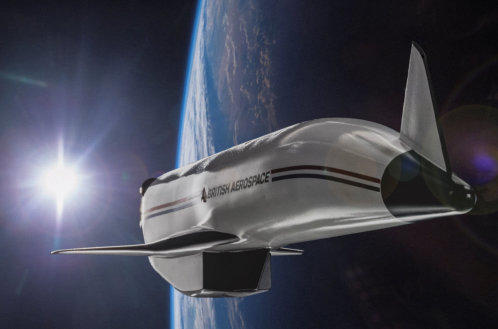

Combined power of piston and jet engine
At this project from 1944, the rear propeller and piston engine of a
Dornier Do 335 was replaced by a Jumo 004 jet engine.
In the early years of jet propulsion, the turbines consumed an
enormous amount of fuel and the aircraft therefore had a short range.
For this reason, the combination of a turbine with a piston engine was
considered a good solution.
Post 067


Posted by Uwe W. Jack
